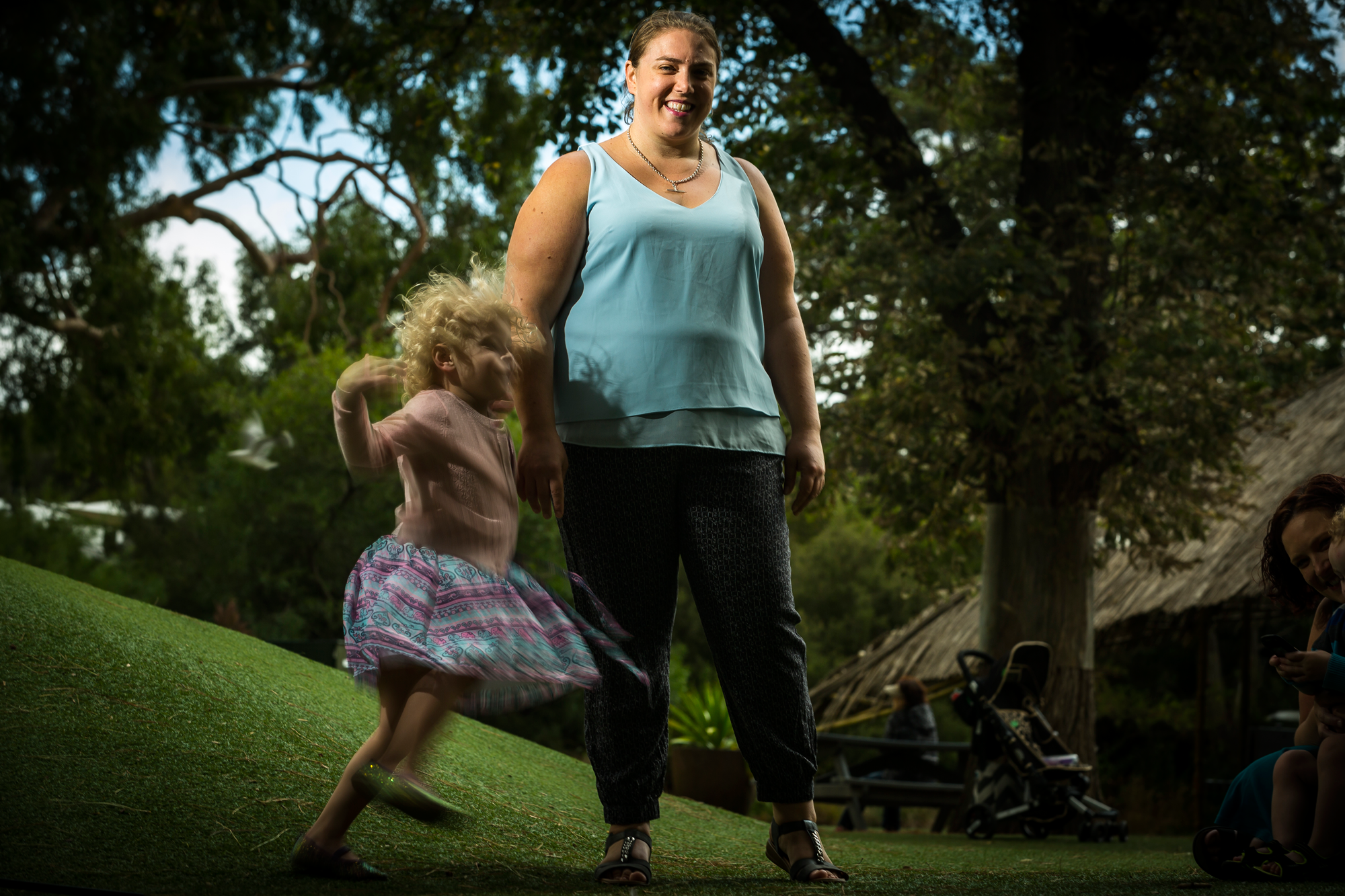
While Sarah was researching a protein called SYT1 a clinician, Dr Kate Baker, was treating a child in her clinic with a rare, severe neurodevelopmental disorder. Lucas couldn’t walk, talk or feed himself – and he had a mutation to the very gene Sarah was investigating.
A potent collaboration was forged. Two years later the Sarah and Kate published a ground-breaking paper on the disorder – a new form of intellectual disability in children. Late last year the syndrome they discovered was named after them. Few scientists enjoy that honour.
Sarah had been fascinated by SYT1 for many years, passionate about her research drilling down and teasing apart what the protein does in different regions of the brain.
“It’s a multi-faceted protein – it has so many different roles and proposed roles in mediating brain health,” she says.
It is essential for communication between brain cells.
Mutations to the gene encoding the protein can have devastating effects. Symptoms vary but children with Baker-Gordon syndrome typically don’t use speech to communicate, and can suddenly switch from being calm to agitated for no apparent reason. Some are engaged with the world; others can’t recognise their own parents.
Lucas provided the first known SYT1 mutation for the syndrome. Sarah and Kate then identified 10 more families with kids with the condition after clinicians from all over the world read about their work and genetically tested children with similar symptoms.
“My job was to work out how that mutation leads to the dysfunction in brain communication between neurons,” Sarah says.
Using ‘brains in a dish’ she found that the mutations slowed down the ability of neurons to communicate with each other. The mutations causing the biggest slow-down in the model were found in children with the most severe disabilities.
“It’s something I’ve been really passionate about characterising. What happens to these kids is really important to us because we’re the only ones in the world doing this research.”
Excitingly, the researchers found they could ‘speed up’ communication using calcium.
They are now investigating possible treatments involving manipulating calcium and changing the activity of brain cells.
Sarah put a face to the disorder she has so assiduously pursued last year when she invited a Melbourne family into her lab whose daughter had the disease. The experience was profound. “This family appreciated so much that there was someone out there who is actually trying to do something for them.”
Typically, families with a child with the disorder spend vast amounts of time and emotional energy trying to find out what their child has and then trying a battery of treatments.
The knowledge gained will, however, have impact beyond the cases involved, she says.
Sarah, who heads the Presynaptic Physiology laboratory, says she chose the Florey as the best place for her work when she returned from overseas in 2015 and that her research success has benefitted from the diversity in researchers at the institute.
Sarah is also investigating mutations involved in disorders at the other end of the spectrum: diseases where brain cells die later in life such as Parkinson’s and Alzheimer’s disease.
She hopes that her work will one day lead to that other rare distinction for a scientist; finding a treatment that helps these young patients within her own lifetime.
The research was published in BRAIN, and was funded by the Australian National Health and Medical Research Council and the UK’s Medical Research Council.